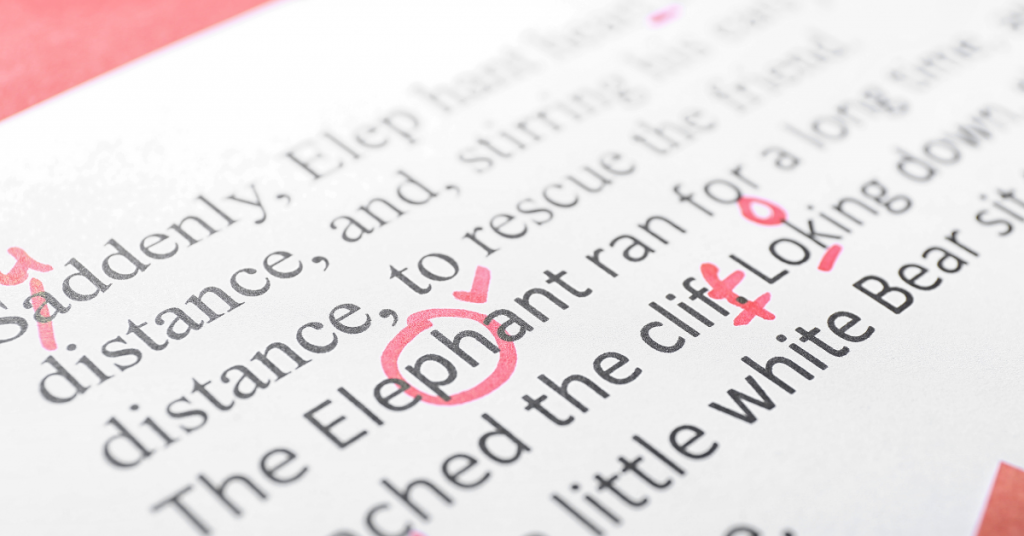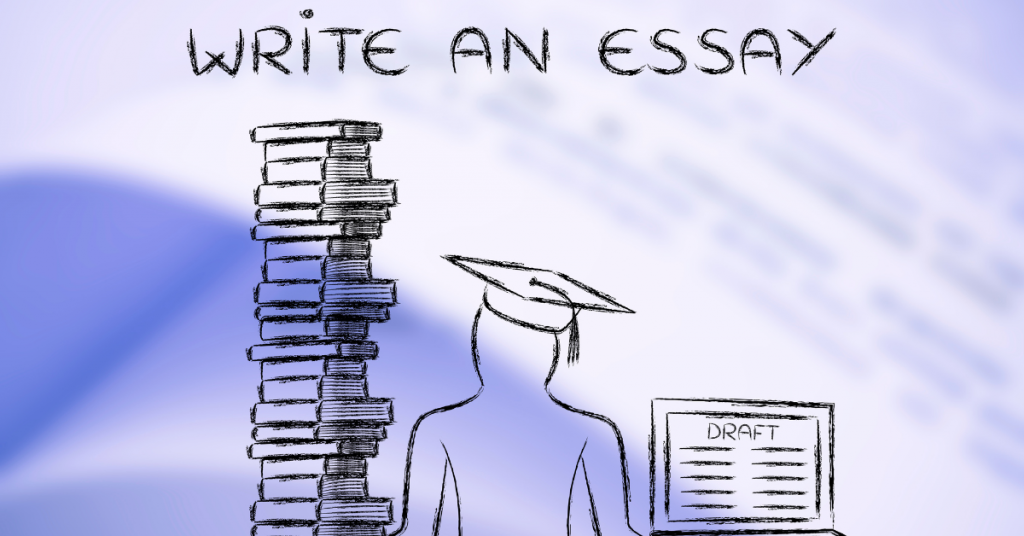A Document-Based Question (DBQ) essay is a cornerstone of history exams, particularly in Advanced Placement (AP) courses. It challenges students to analyze and synthesize historical documents to construct a coherent, evidence-based argument. Mastering the DBQ structure is essential for success, and understanding how to effectively incorporate and analyze documents is crucial. In this blog post, we will explore the strategies and techniques for integrating and analyzing documents within a DBQ essay, balancing document analysis with historical context and argumentation.
Understanding the DBQ Structure
Before diving into document analysis, it is essential to understand the overall structure of a DBQ essay. A well-organized DBQ essay typically includes the following components:
- Introduction
- Thesis Statement
- Body Paragraphs
- Conclusion
Introduction
The introduction sets the stage for your essay. It should include:
- Contextual Background: Briefly introduce the historical context relevant to the DBQ prompt.
- Thesis Statement: Present a clear, concise thesis statement that outlines your main argument.
Example: Suppose the DBQ prompt is about the causes of the American Revolution. Your introduction might include background information on the colonial dissatisfaction with British policies and a thesis statement that argues, “The American Revolution was primarily caused by economic grievances and political ideals of self-governance.”
Thesis Statement
A strong thesis statement is the backbone of your DBQ essay. It should:
- Clearly respond to the prompt.
- Take a definitive stance.
- Preview the main points you will discuss in your essay.
Example: “The American Revolution was driven by economic grievances such as unfair taxation and restrictive trade policies, as well as political ideals rooted in Enlightenment thought and the desire for self-governance.”
Body Paragraphs
Each body paragraph should focus on a specific point that supports your thesis. Follow this structure for each paragraph:
- Topic Sentence: Introduce the main idea of the paragraph.
- Evidence from Documents: Incorporate relevant documents to support your argument.
- Outside Information: Include additional historical context or information not found in the documents.
- Analysis: Explain how the evidence supports your thesis.
Conclusion
The conclusion should summarize your main points and restate your thesis in a broader historical context. It should not introduce new information.
How to Effectively Incorporate Documents
Incorporating documents effectively requires more than just quoting or summarizing them. Here are some strategies to help you seamlessly integrate documents into your DBQ essay:
1. Understand the Documents
Before you start writing, take time to thoroughly read and analyze each document. Consider the following aspects:
- Author: Who wrote the document? What is their perspective or bias?
- Audience: Who was the intended audience?
- Purpose: Why was the document created?
- Historical Context: What was happening at the time the document was written?
2. Group the Documents
Group documents that share similar themes or viewpoints. This will help you organize your essay and ensure that you are addressing different aspects of the prompt. For instance, if you have several documents related to economic grievances during the American Revolution, you can group them together in one paragraph.
3. Use Documents as Evidence
Use documents to support your argument, not as your argument. Quote or paraphrase relevant sections of the documents to back up your points. Make sure to explain the significance of each piece of evidence and how it supports your thesis.
Example: “Document A shows colonial anger over the Stamp Act, highlighting the economic burden it placed on merchants. This supports the thesis that economic grievances were a primary cause of the American Revolution.”
4. Cite the Documents
Always cite the documents you reference in your essay. Typically, this is done by referring to the document’s letter or number in parentheses.
Example: “The colonists’ slogan ‘No taxation without representation’ (Document B) encapsulates their political ideals of self-governance and fairness.”
5. Analyze the Documents
Analysis is crucial in a DBQ essay. Don’t just present the documents; delve into their significance. Explain how each document contributes to your argument and consider the author’s perspective, purpose, and historical context.
Example: “The petition from the Continental Congress to King George III (Document D) not only lists
economic grievances but also appeals to Enlightenment principles of liberty and justice, underscoring the colonists’ ideological motivations for independence.”
Balancing Document Analysis with Historical Context and Argumentation
While documents are essential, a DBQ essay should not rely solely on them. You must balance document analysis with historical context and your argumentation. Here’s how:
1. Provide Context
Contextual information helps situate the documents within the broader historical narrative. It demonstrates your understanding of the period and enhances your analysis.
Example: Before discussing the Stamp Act documents, provide background on British taxation policies post-French and Indian War, explaining how they led to colonial unrest.
2. Incorporate Outside Information
Strengthen your essay by including relevant information not found in the documents. This shows your depth of knowledge and helps to support your argument more robustly.
Example: Mention the Boston Tea Party and the subsequent Intolerable Acts to illustrate the escalating tensions between the colonies and Britain.
3. Synthesize Information
Synthesis involves combining information from multiple documents and outside sources to create a coherent argument. This approach shows your ability to connect different pieces of evidence and draw comprehensive conclusions.
Example: “The economic grievances highlighted in colonial pamphlets (Document A) and the political ideals expressed in petitions to the King (Document D) collectively fueled the revolutionary sentiment that led to the American Revolution.”
4. Maintain a Clear Argument
Your thesis and main arguments should guide your use of documents and outside information. Each paragraph should relate back to your thesis, ensuring that your essay remains focused and cohesive.
Example: If your thesis is about economic and political causes of the American Revolution, make sure each paragraph discusses how specific documents and historical facts support these causes.

Practical Example: Structuring a DBQ Essay on the Causes of the American Revolution
Let’s break down a DBQ essay on the causes of the American Revolution, using the structure and techniques discussed.
Introduction
Contextual Background: “By the mid-18th century, tensions between the American colonies and Britain had reached a boiling point. The imposition of new taxes and restrictive trade policies, coupled with Enlightenment ideals, set the stage for a revolutionary movement.”
Thesis Statement: “The American Revolution was driven by economic grievances such as unfair taxation and restrictive trade policies, as well as political ideals rooted in Enlightenment thought and the desire for self-governance.”
Body Paragraph 1: Economic Grievances
Topic Sentence: “Economic grievances were a significant cause of the American Revolution, as evidenced by colonial reactions to British taxation.”
Evidence from Documents: “Document A shows colonial anger over the Stamp Act, highlighting the economic burden it placed on merchants.”
Outside Information: “The Stamp Act of 1765 required colonists to pay a tax on every piece of printed paper they used, leading to widespread protests and the formation of the Sons of Liberty.”
Analysis: “The Stamp Act not only strained colonial economies but also fostered a sense of unity among the colonies against perceived economic exploitation by Britain (Document A).”
Body Paragraph 2: Political Ideals
Topic Sentence: “Political ideals, influenced by Enlightenment thought, played a crucial role in the American Revolution.”
Evidence from Documents: “The petition from the Continental Congress to King George III (Document D) not only lists economic grievances but also appeals to Enlightenment principles of liberty and justice.”
Outside Information: “The Enlightenment emphasized individual rights and government by consent, which resonated with colonial leaders like Thomas Jefferson and John Adams.”
Analysis: “These Enlightenment ideals are evident in colonial documents, where calls for ‘no taxation without representation’ (Document B) reflect a broader desire for political autonomy and democratic governance.”
Body Paragraph 3: Escalation of Conflict
Topic Sentence: “The escalation of conflict between Britain and the colonies was marked by significant events that fueled revolutionary sentiment.”
Evidence from Documents: “Documents describing the Boston Massacre and the Intolerable Acts highlight the increasing violence and punitive measures imposed by Britain.”
Outside Information: “The Boston Tea Party of 1773, in which colonists protested the Tea Act by dumping British tea into Boston Harbor, exemplified the growing radicalism of colonial resistance.”
Analysis: “The harsh British response to colonial protests, such as the closure of Boston Harbor (Document E), galvanized support for independence and demonstrated the irreconcilable differences between the colonies and the British government.”
Conclusion
Summary of Main Points: “The American Revolution was driven by a combination of economic grievances and political ideals. Unfair taxation and restrictive trade policies, coupled with Enlightenment-inspired demands for self-governance, set the stage for a revolutionary movement that would reshape the course of history.”
Restate Thesis: “Thus, the American Revolution was not merely a reaction to economic hardship but also a profound expression of political ideals and aspirations for a new democratic order.”
Conclusion: Get Help from Essay 24 on your DBQ Structure
Mastering the DBQ structure and effectively incorporating and analyzing documents can be challenging, but it is essential for crafting a compelling and coherent essay. If you find yourself struggling with document analysis or any other aspect of your DBQ essay, Essay 24 is here to help. Our professional writers specialize in creating 100% authentic academic content tailored to your specific needs. Whether you need guidance on structuring your essay, integrating documents, or developing a strong thesis, Essay 24 has the expertise to help you succeed. Reach out to us today and take the first step towards academic excellence.


















